Oxgene, a biotechnology company designing and developing scalable gene therapy technologies, has announced the launch of its scalable, plasmid-free manufacturing system for Adeno-associated virus (AAV). Oxgene’s new TESSA technology addresses industry-wide challenges associated with robust and reproducible AAV manufacture at scale.
AAV is a popular choice of viral vector to deliver gene therapies to patients. However, manufacturing systems have not kept pace with biological advances, leaving these therapies costly, difficult to produce at scale, and subject to inherent batch-to-batch variability.
Oxgene’s TESSA technology overcome manufacturing obstacles by taking advantage of AAV’s natural relationship with another virus — the adenovirus. In nature, AAV co-exists with adenovirus, which provides the ‘help’ AAV needs to replicate. However, as well as replicating the AAV, the adenovirus also replicates it, leading to high levels of adenoviral contamination.
Oxgene has addressed these challenges by manipulating the adenoviral life cycle so that it can still provide high quality help for AAV replication, but is unable to manufacture itself. Integration of the AAV rep and cap genes into the adenoviral vector means that everything required for AAV production, except the AAV genome, can be provided in a single viral vector. Meanwhile, the AAV genome can either be encoded within a second TESSA vector, in a plasmid, or within an AAV particle itself. Using two TESSA vectors improves yields of AAV2 by 40-fold, accompanied by a 2000-fold increase in particle infectivity compared to a standard three-plasmid manufacturing approach.
Oxgene’s CEO, Dr Ryan Cawood, said: “By combining high AAV yields with scalability, packaging efficiency and increased infectivity, we hope that TESSA technology will help to bring down the overall cost of goods involved in gene therapy development. We hope it will also improve the safety of the final therapeutics, as the higher quality, more infectious AAV resulting from TESSA based manufacture could mean significantly lower effective doses.”




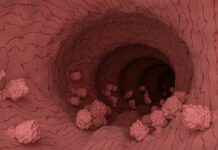
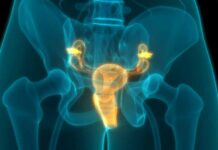
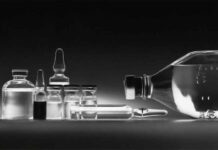

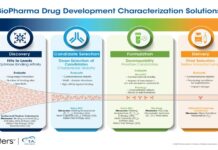
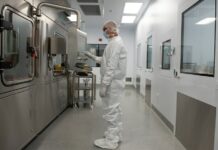

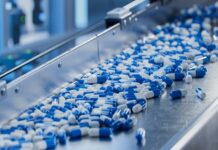

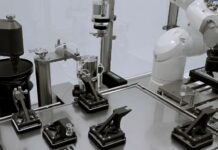
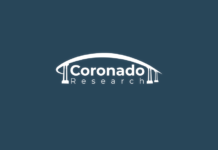

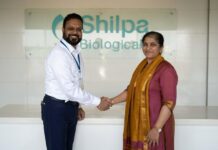
![Sirio Launches Global Research Institute for Longevity Studies [SIA]](https://www.worldpharmatoday.com/wp-content/uploads/2019/09/Sirio-218x150.jpg)

